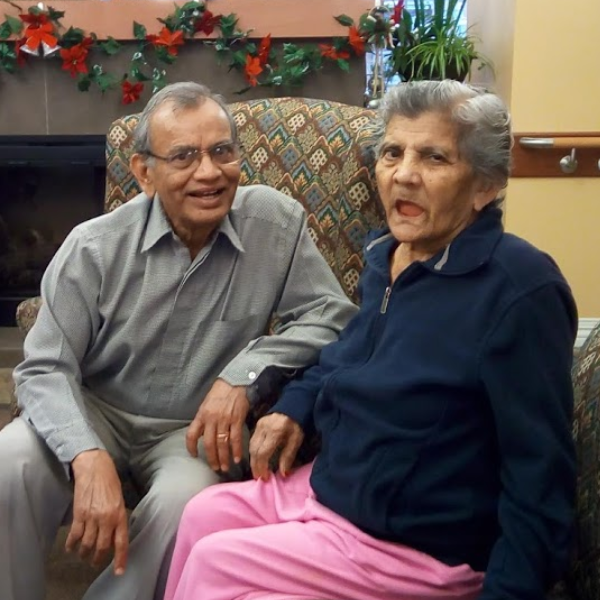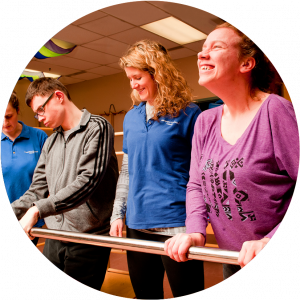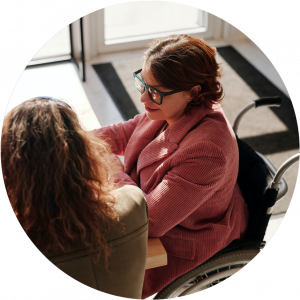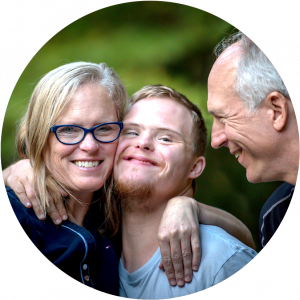The Issue
People with disabilities can face significant limitations on how they choose to live, work, and connect to their community. There are many apparent physical barriers to accessing goods and services, but there are also numerous invisible barriers. These are the socially-constructed obstacles that prevent people with disabilities from fully participating in our community. These include systemic discrimination and exclusion, and/or negative attitudes. All these barriers restrict their ability to live independently. People with disabilities are more likely to be unemployed, and the employment rate decreases steadily as the severity of disability increases. As a result, people with disabilities are also much more likely to live in poverty.
550,000
people living with a disability across Peel, Toronto and York
25% – 33%
of all individuals experiencing homelessness in Peel, Toronto, and York, reported a physical disability
80%
of people with disabilities reported an increase in social isolation as a direct result of the pandemic
How we help
We aim to enable people with disabilities to improve their quality of life, to live independently, and to participate fully in their communities. We emphasize peer and group community-based programs and initiatives. These services address individual needs, and identify how to meet service gaps, needs, or populations not well-served by existing programs. We also support projects that amplify the voices of people living with disabilities, identify system-level changes needed to improve policy and practices, or test new models of service delivery. United Way is particularly interested in increasing its investments in programs that close opportunity gaps for communities that face a greater marginalization because of systemic barriers to equal access, opportunities, participation, and resources due to disadvantage and discrimination.

My wife, Shanta, has Alzheimer’s. Before I found United Way, it was very difficult. She’s the patient, but I was the sufferer—she didn’t know what was wrong, but I did, and I was miserable. Thanks to United Way, I found a program to help Shanta. What I didn’t expect was that it would also help me. I became a member of the senior wellness group at the United Way agency that ran her program. And when I felt overwhelmed, they helped me. Eventually though, we had to find a nursing home for her. That was hard too, because we have been married for 55 years and now, we were to be separated. But the agency helped us find a nursing home, and even housing for me. I told them I just wanted to be close to her. Within a week, they found me an apartment in the same area. Thanks to United Way, Shanta and I have had five good years—and we are looking forward to more.
Premji, United Way program participant
Here’s how your local love impacted people living with disabilities in the GTA:

24,830
Individuals received support to live independently in their homes and engage with their communities

16,382
Individuals received supports that helped them stay in their homes longer

2,683
Families and caregivers improved their quality of life through respite services
July 17, 2019
The surprising ways city parks create barriers
GTA parks have a problem when it comes to being accessible to people of all abilities. Here’s how they can change for the better